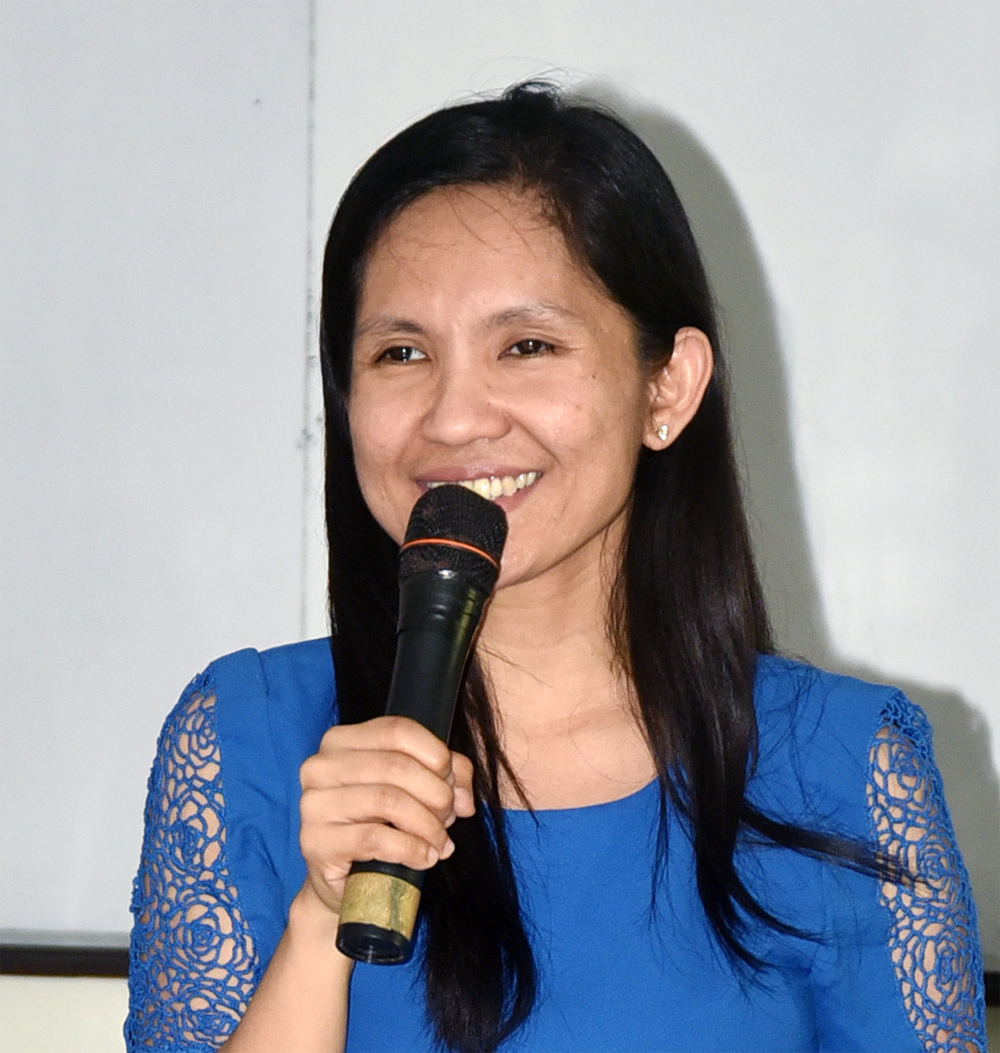“It is crucial to build resilient communities to face climate change” – OML Research Manager
Disasters severely affect our livelihoods, and in the case of post-Yolanda (Haiyan) recovery efforts, it is a daunting task to help affected areas. Tacloban City is well known as the ground zero of Typhoon Yolanda, however other urban areas in eastern Visayas are also devastated. For instance, another densely populated urban area west of Tacloban is Ormoc City. With a population of 191,200, Ormoc is the largest city in Leyte with 613.6 km2. It also suffered a severe flash flood in 1991 with Tropical Storm Uring. The massive mudslide killed more than 3,000 and this tragedy would have given the city a painful lesson and should have prepared them better with Typhoon Yolanda.
Ms. Perlyn M. Pulhin-Yoshida, a Research Curation and Development Manager of the Oscar M. Lopez Center for Climate Change and Disaster Risk Management Foundation, Inc., discussed her study entitled“Assessing Climate Disaster Resilience of Ormoc City, Philippines after Typhoon Yolanda”, last February 27, 2017 at SESAM Lecture Hall, UP Los Baños.
Her study was the first attempt to compare the perception of communities with that of the local government unit (LGU) on climate disaster resilience and also pioneered the use of Analytical Hierarchy Process (AHP) in comparing the perception of the communities and the LGU on various factors that contributes to resilience. It aims to assess the climate disaster resilience of selected communities in Ormoc City after Typhoon Yolanda, based on the five dimensions: natural, physical, social, economic and institutional.
Her methodology includes desk review, survey of 250 households, focus group discussions (FGD), key informant interviews (KII), correlation, construction of Climate Disaster Resilience Index (CliDRI) using the balanced weighted approach and AHP tool.
The assessment revealed the average resilience level of the selected coastal communities in Ormoc to climate-related disasters. Factors contributing to the economic dimension appeared to be the weakest. Since the overall level of economic resilience is low, determinants of this dimension should be prioritized in the immediate or short-term to enhance resilience in Ormoc City.
“There are differences in resilience perception between the community and LGU of what contributes to the resilience of Ormoc and the varying weights and scores per dimensions and indicators are important for future planning to ensure well-aligned priorities and maximum community cooperation towards a more climate disaster resilient Ormoc City,” according to Ms. Pulhin-Yoshida.
Ms. Pulhin-Yoshida added that to improve social resilience, interventions may come in the form of proper urban planning at the municipal/provincial level to control the population growth in areas that are already over populated and that are prone to climate-related disasters; better health services and advisory to help achieve a healthy community; improved but reasonable educational programs to increase enrollees and enhance learning; wider and more active public campaigns on climate-related hazards; their impacts and CCA-DRRM measures; and better access to basic social services before, during and after a disaster.







